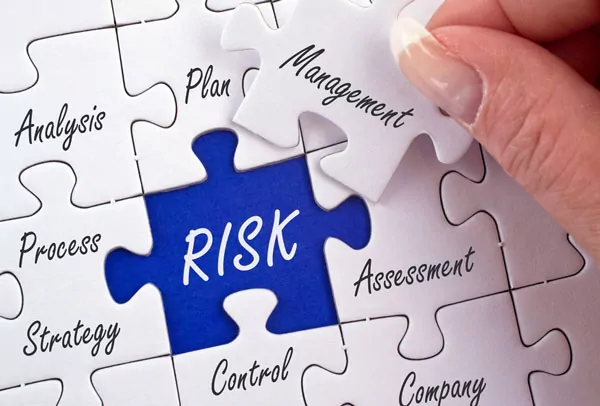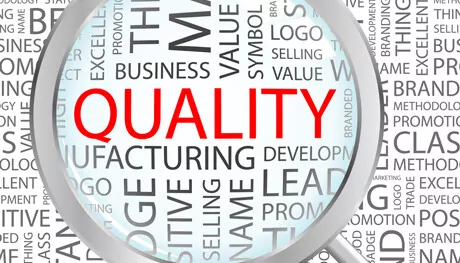How can the QP effectively fulfill their obligations outlined in Annex 16? (https://ec.europa.eu/health/sites/health/files/files/eudralex/vol-4/v4_an16_201510_en.pdf) With the increasing complexity in supply chains, how can the releasing QP “ensure that each individual batch has been manufactured and checked in compliance with laws in force in the Member State where certification takes place”? This seems like an almost impossible task. The QP cannot directly oversee many stages of the manufacture of a batch and is, therefore, heavily reliant on the different personnel and processes that are in place throughout the entire supply chain. The manufacturer’s Quality System is of paramount importance and it is recognised in Annex 16 that the QP will need to rely on the pharmaceutical quality system and the QP should have on-going assurance that this reliance is well founded. The entire supply chain of the active substance and medicinal product must be documented and made available for the QP. The only way to accomplish this is to apply a Quality Risk Management oversight approach and use risk management principles to assess risks associated with materials and suppliers and rank these in order of risk. There are five occasions whereby the application of QRM is referenced in Annex 16:
- Where sampling is performed at a third country manufacturing site, the technical justification should include a formal Quality Risk Management process to identify and manage any risks associated with this approach.
- Different imported finished product batches may originate from the same bulk product batch. The QPs certifying the different finished product batches may base their decision on the quality control testing of the first imported finished batch provided that a justification has been documented based on Quality Risk Management principles.
- Outsourced activities with critical impact on product quality should be defined in accordance with the principles of Quality Risk Management as described in Part III of EudraLex, Volume 4
- Repeated audits should be performed in accordance with the principles of Quality Risk Management.
- The impact of the deviation should be assessed in accordance with a Quality Risk Management process using an appropriate approach such as described in Part III of the GMP Guide.
An effective QRM system should be in place to facilitate the QP in making the final decision with respect to batch quality. Are you periodically reviewing the application of QRM throughout the batch manufacturing process? Are you, as the QP, satisfied with……
- Integration of QRM systems in the Quality System?
- Definition of risk?
- Appropriate set-up of QRM teams?
- Decision making processes and their traceability and transparency?
- Implementation of defined actions?
- The link to continual improvement processes?
If you would like advice or support in relation to the effective application of QRM principles within your company please connect with us: +353 1 846 47 42 or contactirl@pharmalex.com.








